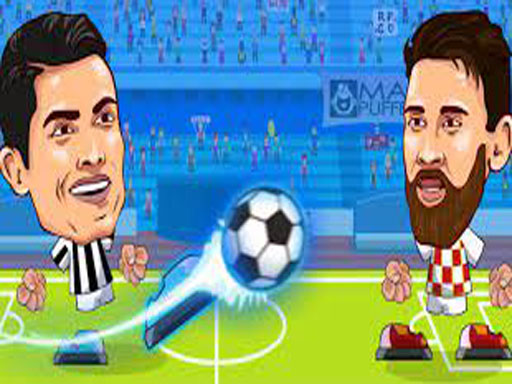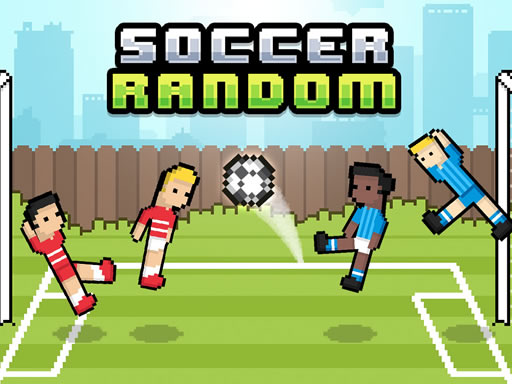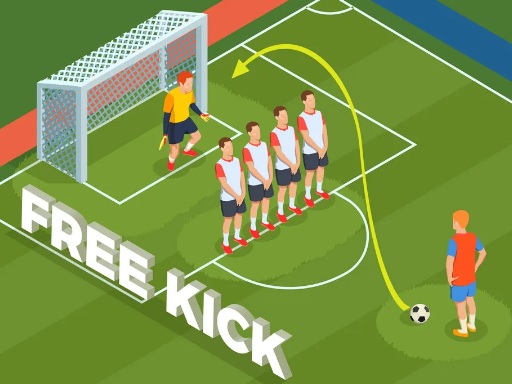In soccer, a handball occurs when a player deliberately touches the ball with their hand or arm, and this action can result in a foul. Here are the key aspects to determine what is considered a handball:
Deliberate Touch: The most crucial factor is the intent of the player. If a player intentionally uses their hand or arm to control, direct, or gain an advantage from the ball, it is a handball. For example, a player reaching out with their hand to stop a ball from going out of bounds or to intercept a pass is clearly a deliberate act. However, if the ball hits a player's hand or arm accidentally, such as when a player has their arm in a natural position and the ball strikes it while they are trying to move out of the way, it is generally not considered a handball. Referees take into account the player's reaction and the circumstances of the contact to judge the intent.
Body Part Involved: The handball rule applies to the hand and the arm. The "arm" is typically defined as any part of the body from the fingertips to the shoulder. So, if the ball makes contact with this area in a way that meets the criteria of a deliberate touch, it can be called as a handball.
Location of the Hand/Arm: If a player's hand or arm is in an unnatural position (such as extended away from the body in a way that makes it more likely to touch the ball), and the ball makes contact with it, it may be more likely to be considered a handball. For instance, if a player has their arm raised above their head and the ball hits it, it is more suspect than if the arm is at their side in a normal position.
Advantage or Impact on the Game: If the handball gives the player or their team an unfair advantage, such as changing the course of the play or preventing the opposing team from having a scoring opportunity, it is more likely to be called as a foul. For example, a handball that stops a clear goal-scoring chance for the other team will almost certainly result in a penalty kick being awarded to the opposing team.
Exceptions: There are some situations where a handball may not be called. For example, if a player is falling and their hand or arm touches the ball as a result of trying to regain balance, and it is clearly not a deliberate attempt to play the ball, the referee may choose not to penalize it. Also, in some cases where the ball travels a very short distance before hitting a player's hand or arm and there is no time for the player to react, it may not be considered a handball.
If a handball is committed, the punishment depends on the situation. In most cases, if it occurs outside the penalty area, the opposing team is awarded a direct free kick. If it happens inside the penalty area and it is a clear foul, a penalty kick is given to the opposing team.
For more Soccer Legends, you can visit this address:https://soccer-legends.org/














